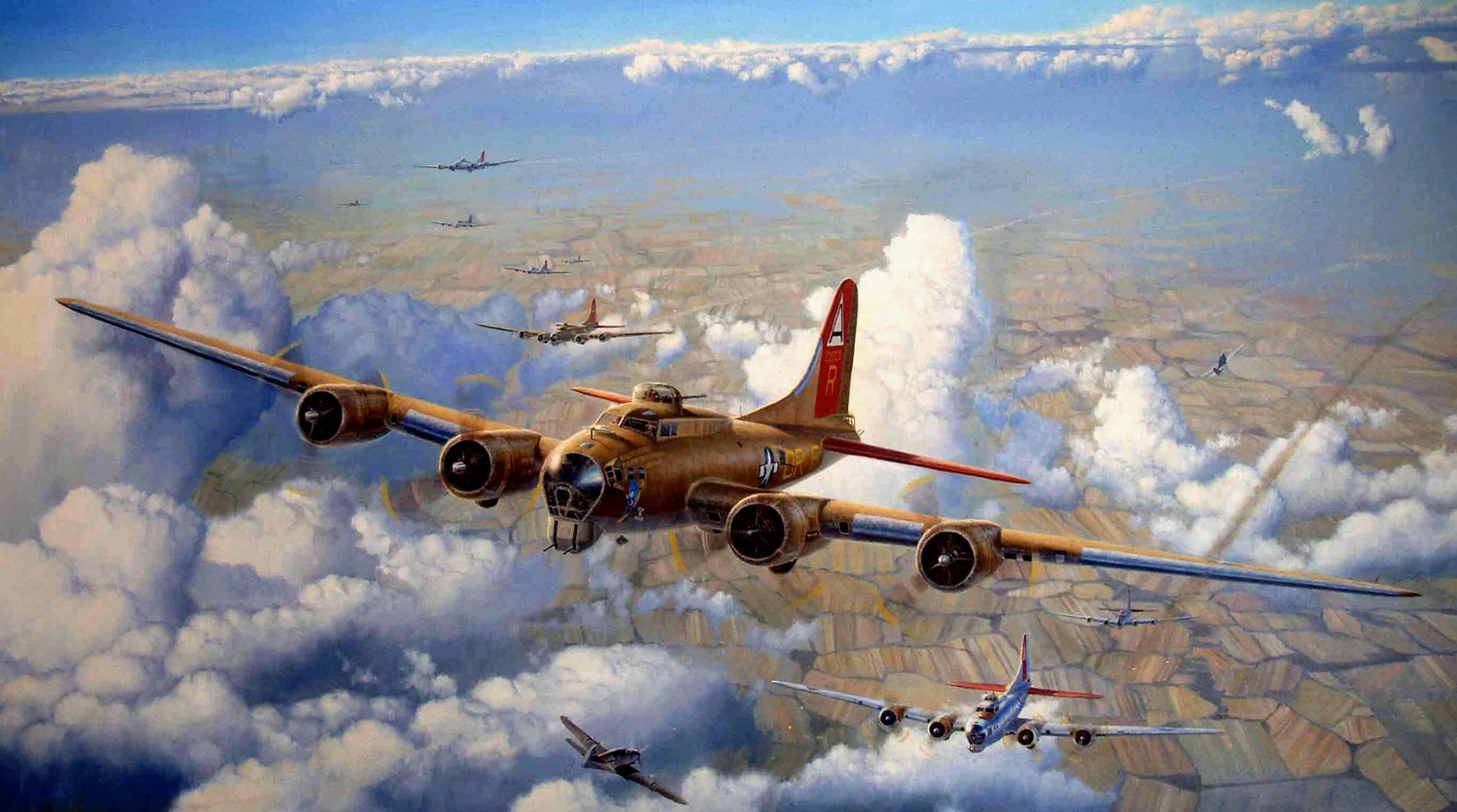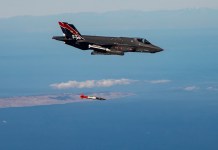Europe’s last surviving and operational Boeing B-17 heavy bomber, popularly called the Flying Fortress, has received official clearance to take to the skies once again.
The US Federal Aviation Administration (FAA) grounded the aircraft for over a month due to safety concerns specifically related to the aircraft’s wings.
In May 2023, the FAA issued an airworthiness directive to B-17 operators. This directive mandated thoroughly inspecting the main spar fittings for potential cracks.
The precautionary measure was prompted by discovering a fault in a B-17 aircraft based in the United States.
The airworthiness directive affected a total of 18 registered B-17 aircraft in the United States. Approximately three were operational, while several others were undergoing restoration. On the other hand, one was based in the United Kingdom.
The B-17 Preservation charity, responsible for the upkeep of the UK’s last B-17 Flying Fortress, has now announced that the UK’s Civil Aviation Authority (CAA) has granted permission for the aircraft to resume flying.
Duxford, situated in Cambridgeshire, is home to Sally B, Europe’s last B-17 aircraft. The organization, established in 1979 by Elly Sallingboe and the late Ted White, aims to maintain and raise funds for the continued operation of their Flying Fortress.
Elly Sallingboe, the operator of the B-17 aircraft, expressed her joy and satisfaction upon receiving approval from the UK’s civil aviation regulator to resume flying operations. In a comment to the BBC, Sallingboe said: “I was absolutely delighted. I could have cried.”
Although the B-17 in the UK is not authorized to carry passengers, it actively participates in various air shows. After undergoing test flying and crew training on June 23, the B-17 is set to make a highly anticipated public appearance at the upcoming Duxford Summer Air Show.
Boeing B-17 Flying Fortress
The Boeing B-17 Flying Fortress, an iconic four-engined heavy bomber developed in the 1930s for the United States Army Air Force (USAAF), stands as a testament to the remarkable engineering of its time.
Recognized for its impressive speed and high-altitude capabilities compared to other bombers of those years, the B-17 played a pivotal role in the European Theater of Operations throughout World War II.
As a backbone of the USAAF’s daylight precision bombing campaign, the B-17 proved instrumental in achieving strategic objectives. Its formidable firepower, boasting an armament of 13 machine guns, earned it the moniker “Flying Fortress.”
The B-17’s reputation as a fearsome bomber was further solidified by its distinction as the aircraft responsible for dropping the highest number of bombs during the war.
Regarding production volume, it ranks as the third-most-produced bomber in history, trailing only the Consolidated B-24 Liberator and the twin-engined Junkers Ju 88.
The B-17’s widespread deployment and performance contributed significantly to the Allied efforts, leaving an indelible mark on aviation history.
The flying fortress is equipped with Wright R-1820-97 Cyclone radial engines. It can attain a maximum speed of 461 kilometers per hour when cruising at 25,000 feet.
The B-17 can swiftly climb to an altitude of 20,000 feet in a mere 37 minutes, allowing for agile maneuverability during missions. The bomber can carry 3,200 kilometers while carrying a substantial payload of 2.5 tons of bombs.
During operations in the Pacific theater, the B-17 Flying Fortresses gained a fearsome reputation among the Japanese forces, who famously referred to them as “four-engine fighters.” These aircraft instilled terror in the enemy ranks due to their relentless attacks and firepower.

The B-17 was a strong and well-built aircraft. Despite many being shot down, several heavily damaged planes could still bring their crews safely back to base.
During the aerial operation targeting Dresden, Germany, on February 15, 1945, more than 300 B-17 bombers participated by dropping 771 tons of bombs.
This combined effort, carried out by American and British bombers, tragically resulted in the loss of approximately 25,000 lives. Several B-17 bombers crash-landed or were forced down on German territory, with around 40 subsequently being utilized by the German Luftwaffe.
In addition to their capture by the Germans, several B-17 bombers were seized by the Soviet Union. Despite their limited experience with these aircraft, the Soviets reportedly flew them in some missions and generally held a favorable opinion of the B-17 design.
Other reports indicate the USSR never used them in combat. Some of these captured bombers remained in Soviet service until 1948.
Nonetheless, after the war ended, various options awaited the B-17 bombers. Some of these aircraft found their way to Israel through different routes. Additionally, collectors and museums acquired several B-17 bombers, preserving them as historical artifacts.
However, a significant portion of the B-17 fleet met an unfortunate fate, as many of them were ultimately melted down for scrap.
- Contact the author at ashishmichel(at)gmail.com
- Follow EurAsian Times on Google News




